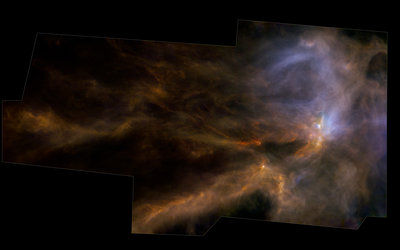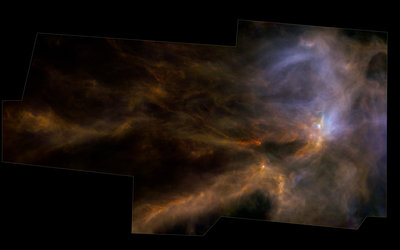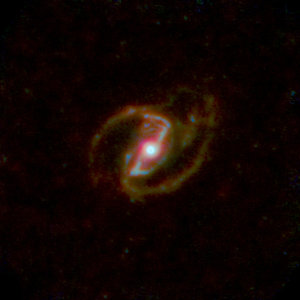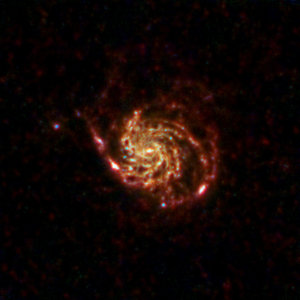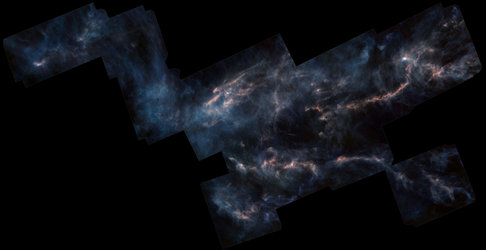
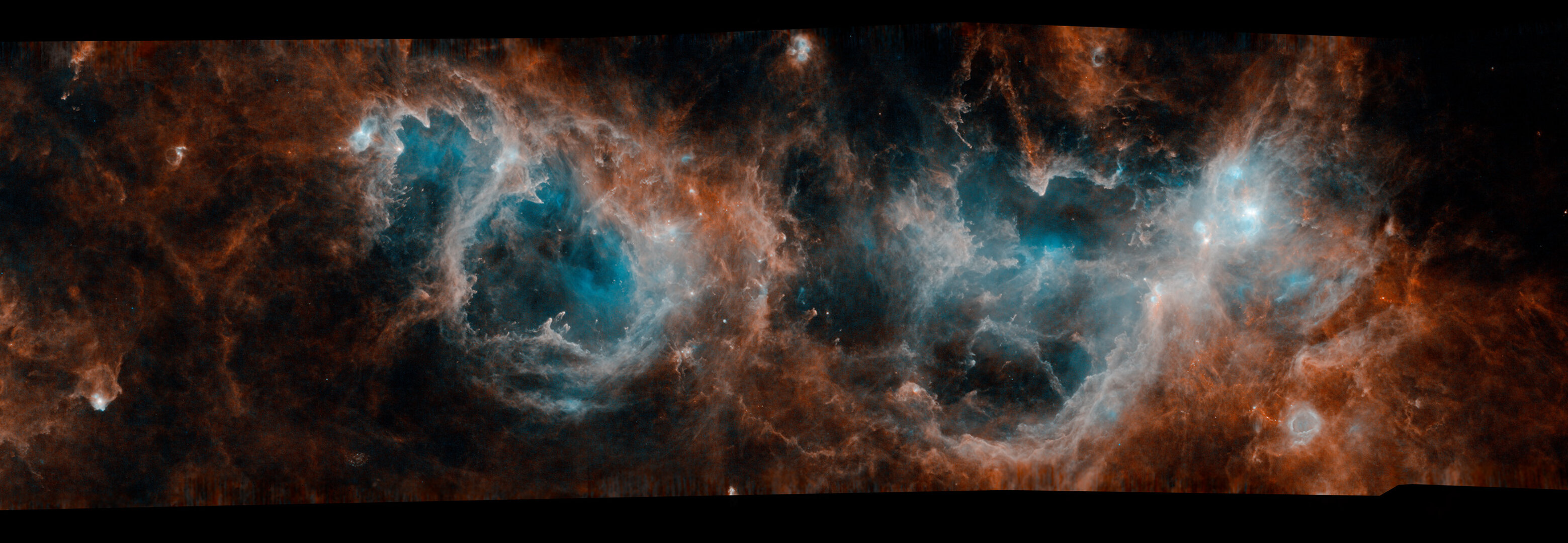
Celebrating Herschel's legacy
This delicate image showing the intricacies of interstellar bubbles and wisps reveals great turmoil in the W3/W4/W5 complex of molecular clouds and star-forming regions. It was taken by ESA’s Herschel Space Observatory, a trailblazing mission that observed the sky in far-infrared and submillimetre wavelengths between 2009 and 2013.
September has often been the month of memorable moments or milestones for Herschel.
When the satellite was still on Earth, it was in September 2005 that the assembled telescope passed its first tests.
September 2007 saw the mating of the mission’s ‘brain’ – the payload module with the instruments and the cryostat that would keep them at the required temperature, just above absolute zero – with its ‘heart’, or the service module, that would to keep the spacecraft going.
During the same month, scientists gathered to plan how to get the most of this extraordinary mission from the observing time that would be available.
Finally, the satellite was launched on 14 May 2009. A few months later, it was again in September that the first Herschel science observations were performed – a memorable moment for many astronomers across the world.
Eight years later, as the mission approaches retirement, ESA celebrates the marvellous science that it has achieved and takes stock of the legacy that Herschel leaves behind.
One of the areas where Herschel has made substantial contributions concerns the processes that lead to the formation of stars, surveying a large number of stellar nurseries like the W3/W4/W5 complex portrayed in this image.
Read more about Herschel’s unprecedented glimpse into the stellar cradles of our Galaxy and the giant strides that have been taken in our understanding of how stars and their planetary systems come to life.
Among many other exciting findings, Herschel’s observations have also traced the trail of water across the cosmos, and pieced together the evolution of galaxies throughout 14 billion years of the Universe’s history.
Follow Herschel Week to read more about these fascinating discoveries and about the legacy that the mission leaves for the future generations of telescopes.
Join ESA to celebrate Herschel Week and share your memorable #HerschelMoments

